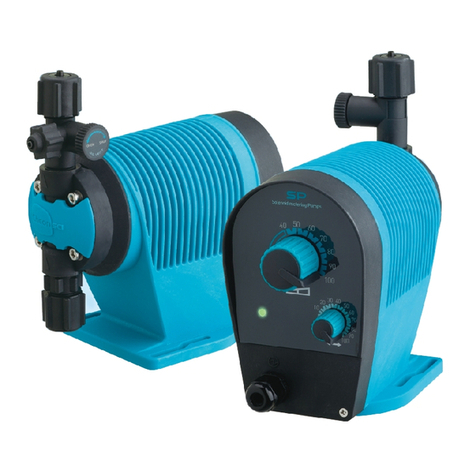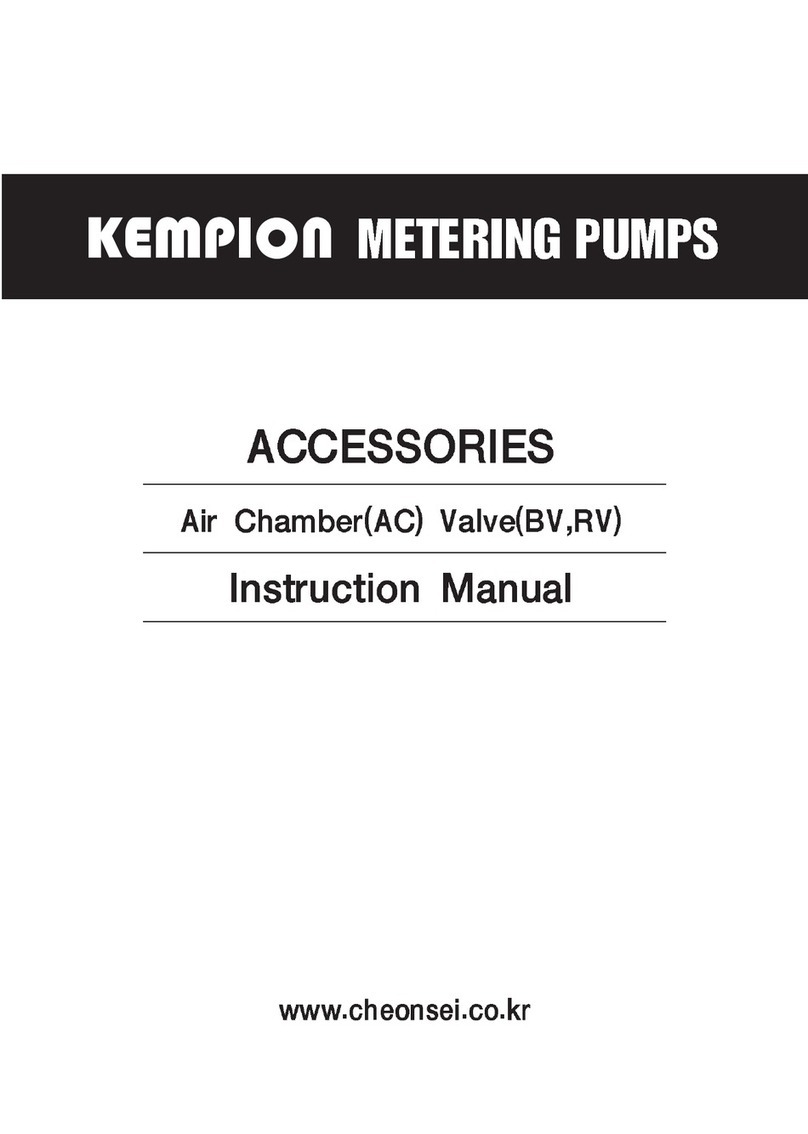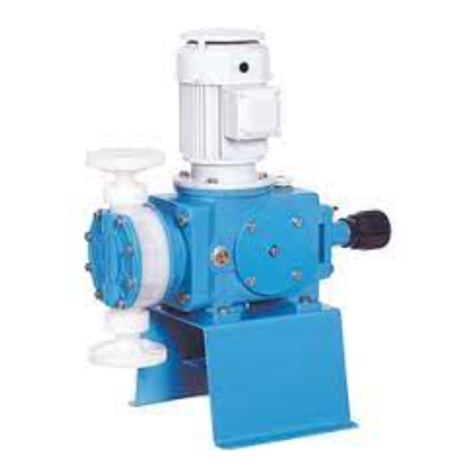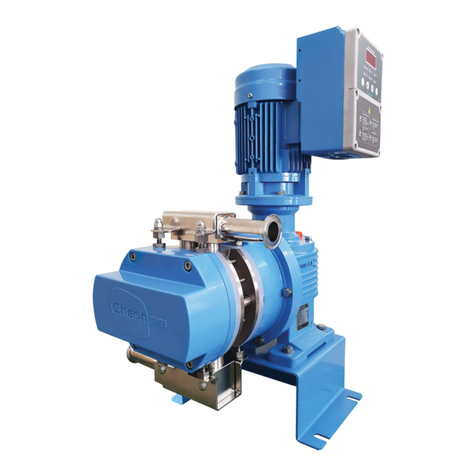Cheonsei Kempion PKD Series User manual




















This manual suits for next models
16
Table of contents
Other Cheonsei Water Pump manuals
Popular Water Pump manuals by other brands
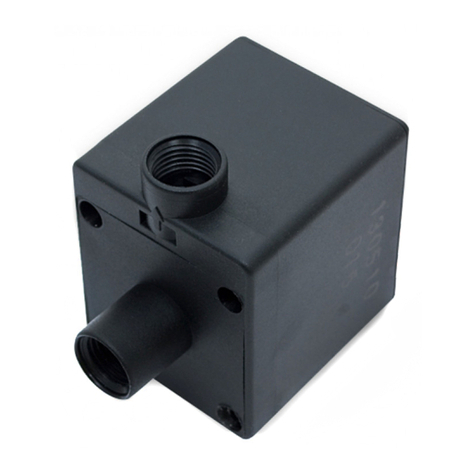
ekwb
ekwb EK Series installation manual
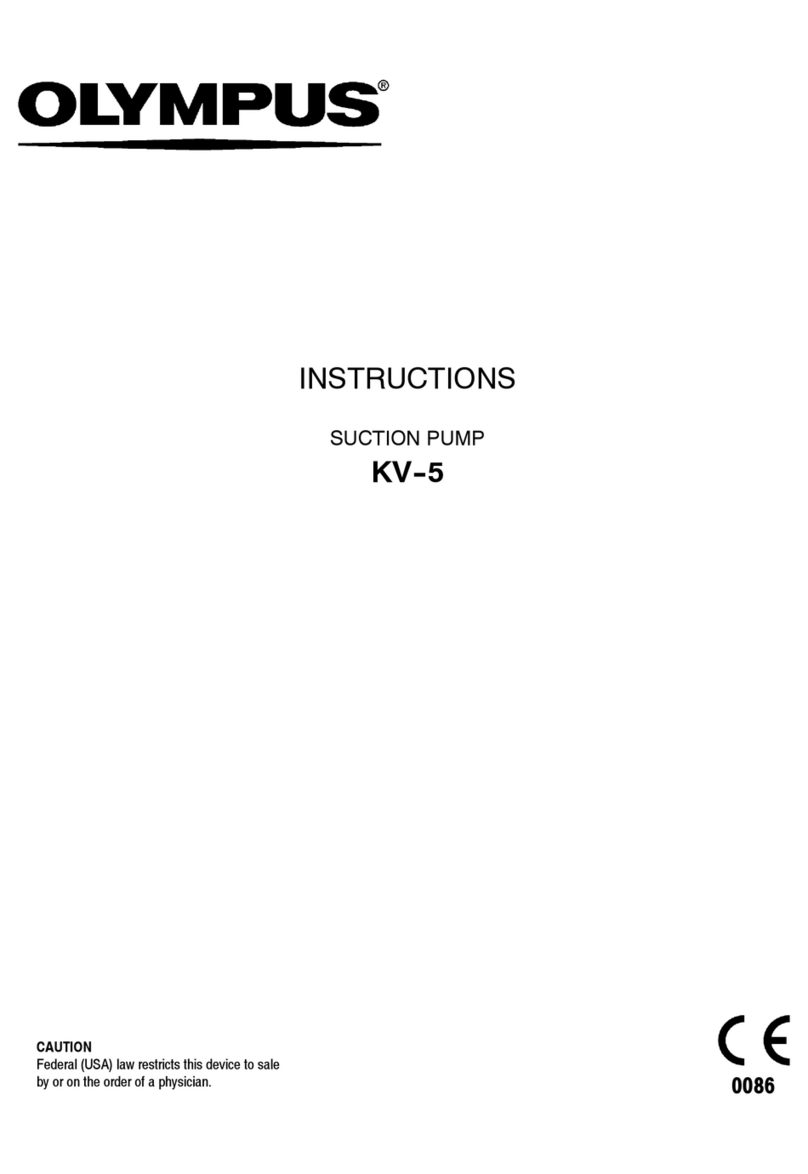
Olympus
Olympus KV-5 instructions
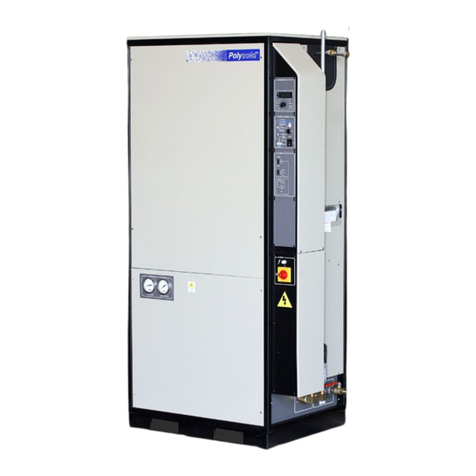
Brooks Automation
Brooks Automation PFC-552HC Operation manual

SKF
SKF LINCOLN P203 Assembly instructions
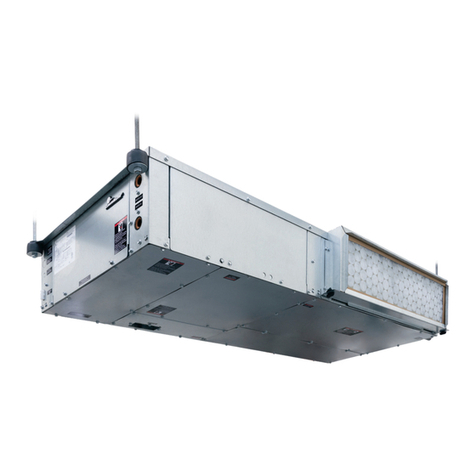
ClimateMaster
ClimateMaster Tranquility Low-Profile Series Installation operation & maintenance

SOLIDSVAC
SOLIDSVAC SV800-CAROUSEL Operation manual
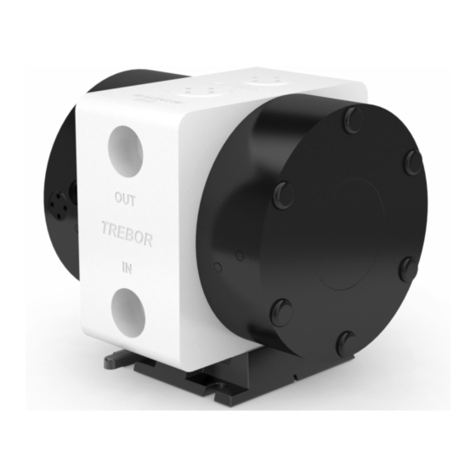
Trebor
Trebor MAGNUM 610R Operation & maintenance manual

ITT
ITT FLOJET R3521 Series INSTALLATION & SERVICE INFORMATION
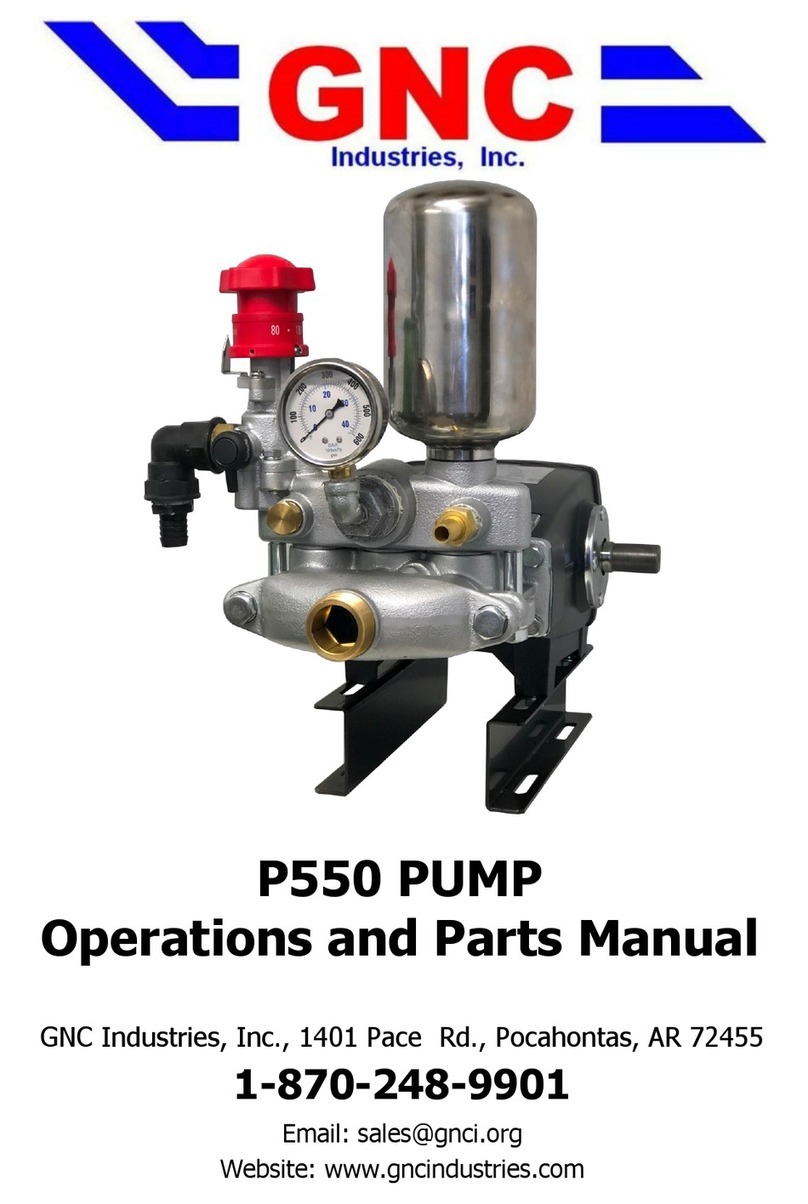
GNC
GNC P550 Operation and parts manual
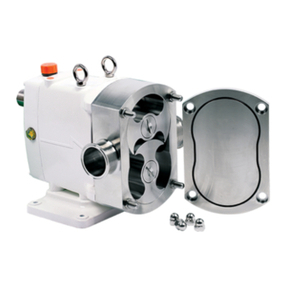
VERDER
VERDER JEC JRZLF Series Operation and maintenance manual
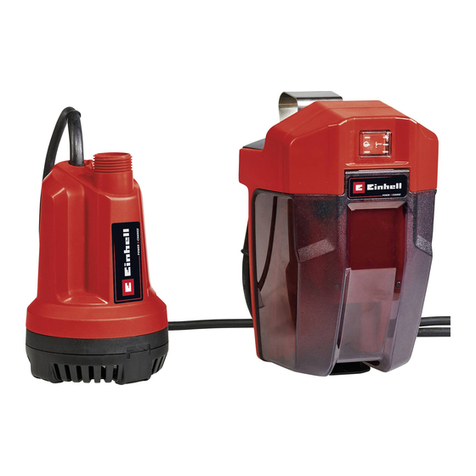
EINHELL
EINHELL GE-SP 18 Li Original operating instructions
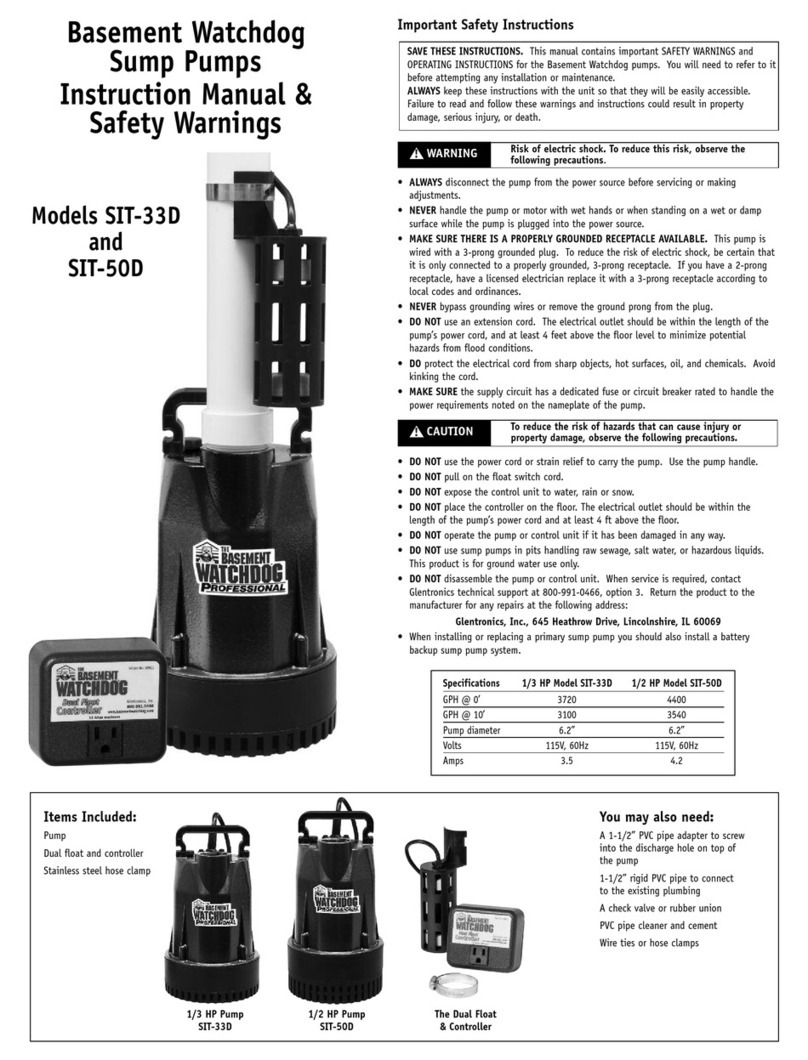
Glentronics
Glentronics Basement Watchdog SIT-33D Instruction manual & safety warnings
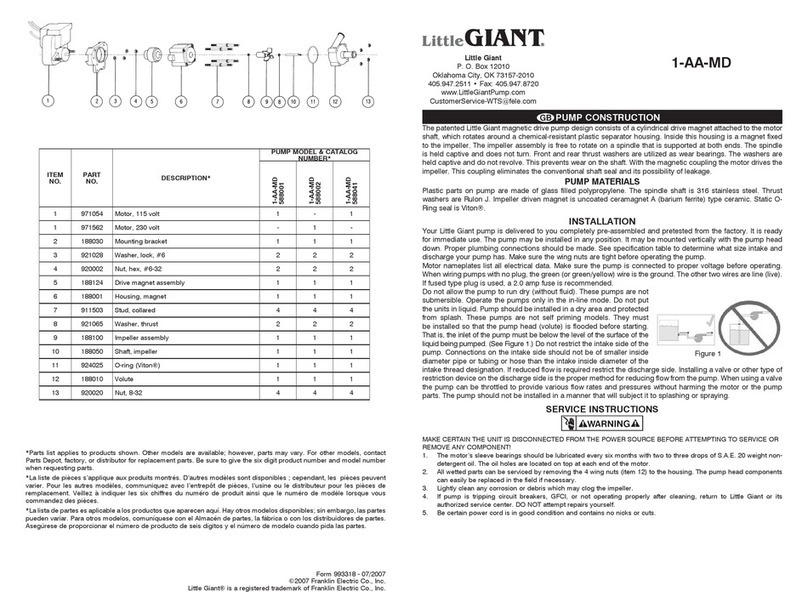
Little Giant
Little Giant 1-AA-MD installation manual

EHEIM
EHEIM compactON 2100 operating instructions

Allweiler
Allweiler AE1F Series Operating and maintenance instructions with instructions for assembly and disassembly

red lion
red lion 2RLAG-1L owner's manual
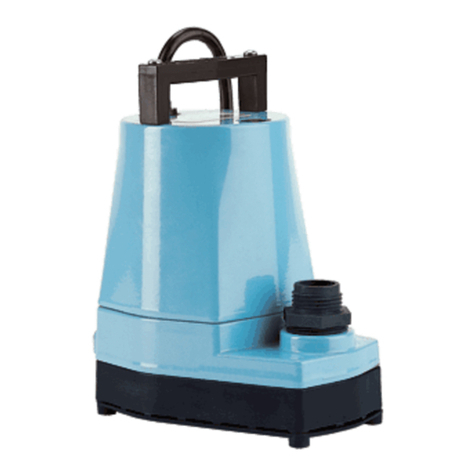
Little Giant
Little Giant 5-ASP-FS manual

aqua technix
aqua technix AQUA Mini 3 Installation and operation manual
